The most important question in American politics today is whether Donald Trump will respect court orders. Judges have repeatedly ruled against his administration.
But will he listen?
In America, the courts—not the president or Congress—resolve disputes and, in the process, define the Constitution and federal laws. This principle is known as judicial review. It arose in the 1803 case Marbury v. Madison, when Chief Justice John Marshall declared that judges define the law: “It is emphatically the province and duty of the judicial department to say what the law is.”
It’s been this way ever since.
Following court orders allows expectations to be set, disputes to be resolved, decisions to be honored, and litigants to move on. This is especially important when, like today, political passions run high. Without a deep and powerful tradition in America of respecting court orders as the last word, disputes would drag on, multiply, and intensify.
Indeed, if we don't all agree on who has the last word, then no one does. And if no one does, then we won’t have a coherent, stable or effective legal system.
Donald Trump cares little about America’s legal traditions, including judicial review. He just wants to get his way. He’s already pushing the limits, arguably violating a judge’s March 15 order to return two planes carrying deportees Trump alleges are Venezuelan gang members. And Vice President JD Vance, for his part, recently suggested on X (formerly Twitter) that the administration wouldn’t follow certain court orders: “If a judge tried to tell a general how to conduct a military operation, that would be illegal. If a judge tried to command the attorney general in how to use her discretion as a prosecutor, that's also illegal. Judges aren't allowed to control the executive's legitimate power.”
This attitude is disturbing to many, including Chief Justice John Roberts. In his 2024 year-end report, Roberts warned that officials “from across the political spectrum have raised the specter of open disregard for federal court rulings. These dangerous suggestions, however sporadic, must be soundly rejected.”
Some of Trump’s biggest supporters agree. Missouri Senator Josh Hawley, for example, recently said that, “I think you can dislike the court’s opinion and think they’re wrong on the substance, and criticize them for that, and you certainly can vigorously appeal … I think outright, sort of just like, ‘Oh, we’re just going to ignore the decision completely?’ That, I think you can’t do.”
Having the power to resolve disputes reposed in the judiciary isn’t just blind tradition. It makes good sense. Judges restrain the presidency. They check administrative agencies. And they keep Congress in line. Under the Constitution, moreover, judges sit for life upon good behavior. They don’t campaign or run for reelection and are therefore politically insulated. Yet because judges must be nominated by the president and confirmed by the Senate, democratic accountability undergirds their selection.
The result is a judiciary that tends to be more rational and principled than the executive and legislative branches. “The Judiciary,” Alexander Hamilton wrote in Federalist No. 78, “has no influence over either the sword or the purse; no direction either of the strength or of the wealth of the society, and can take no active resolution whatever. It may truly be said to have neither force nor will, but merely judgment.” While the judiciary has made mistakes, compared to the political branches (often a low bar, admittedly) it has exercised its judgment well. It does so today with consistent rulings rejecting Trump’s overreaching executive actions.
America’s constitution, legislation, and judicial opinions set laws on paper. However, respect for the rule of law, in people’s hearts and minds, is the necessary precondition for the legal system to work. This starts with respecting court orders. Judicial review has been a bedrock tradition of American democracy for more than two centuries. It has been tested in great legal battles over the separation of powers, federalism, abortion, desegregation, and even presidential powers during wartime. And it has survived: people on the losing side of cases, including presidents, have uniformly respected court orders.
The question looming over the country today is whether Donald Trump will, too.
William Cooper is the author of How America Works … And Why It Doesn’t



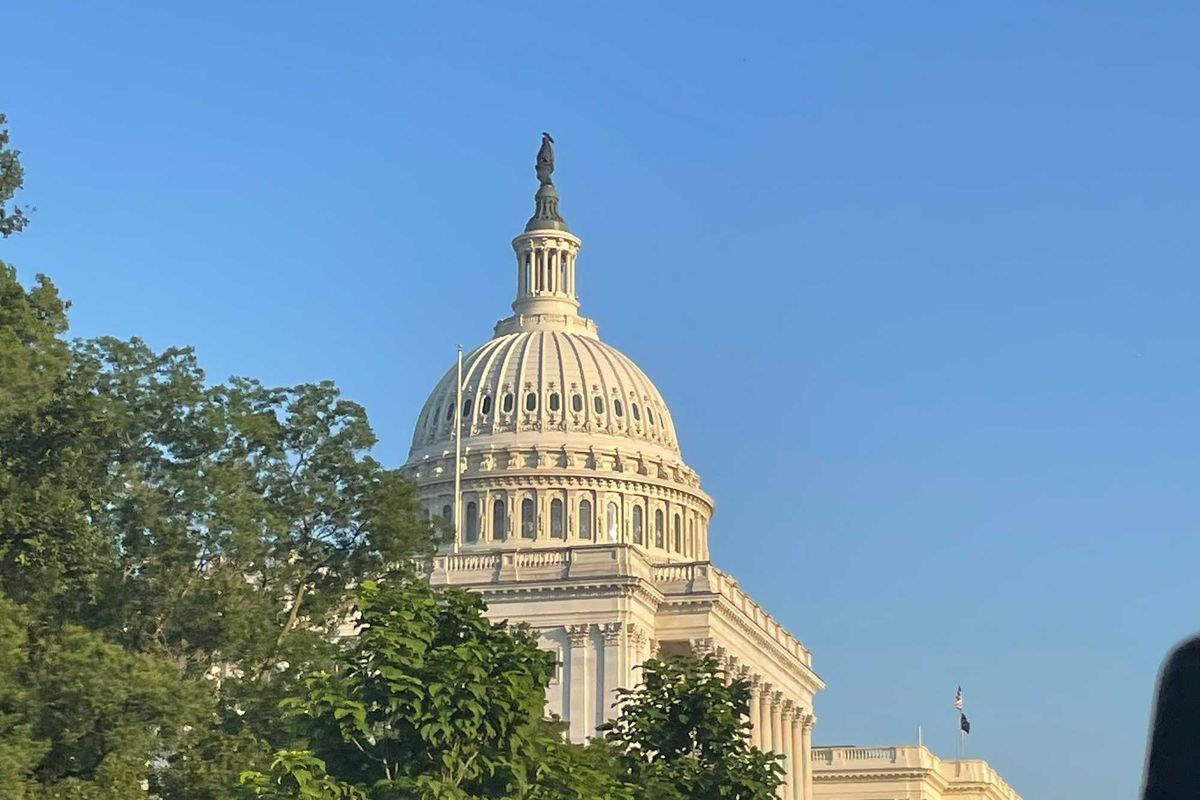




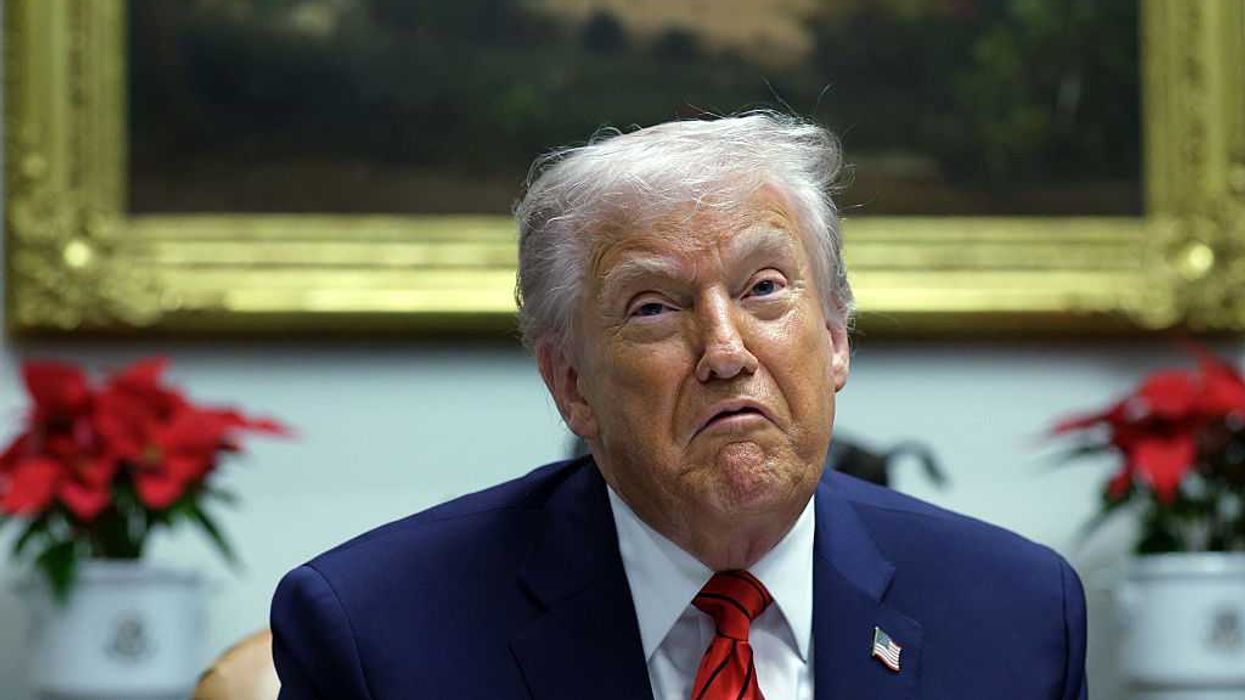








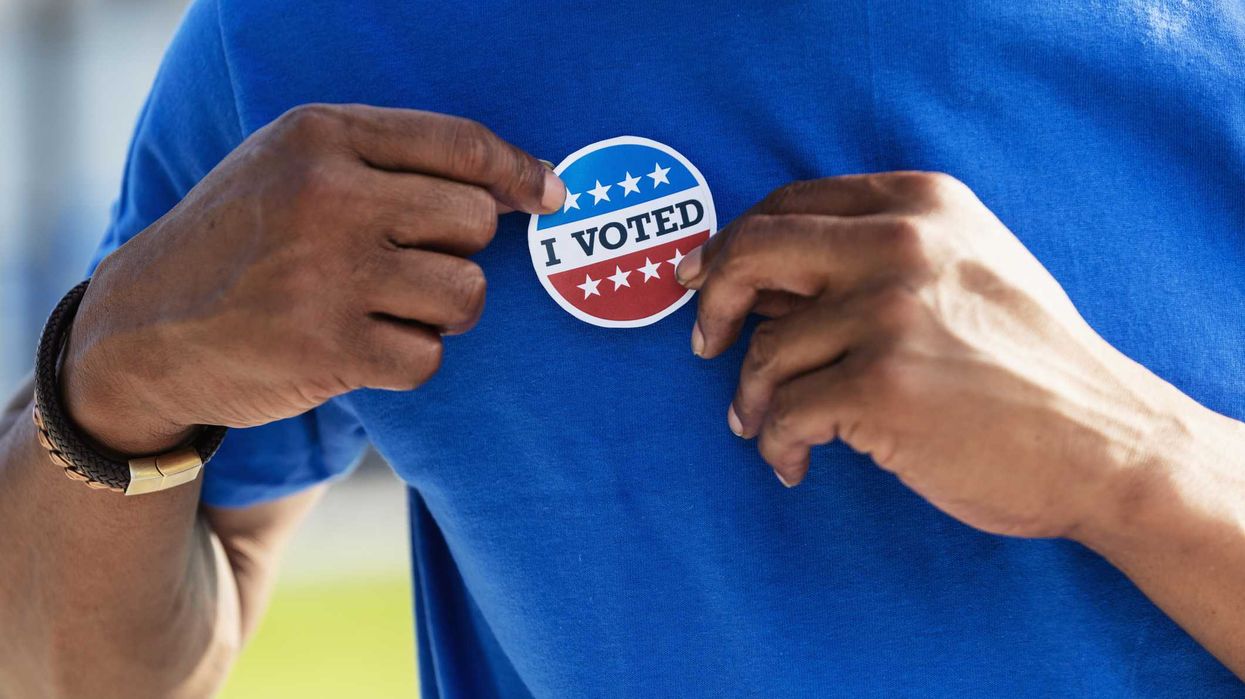
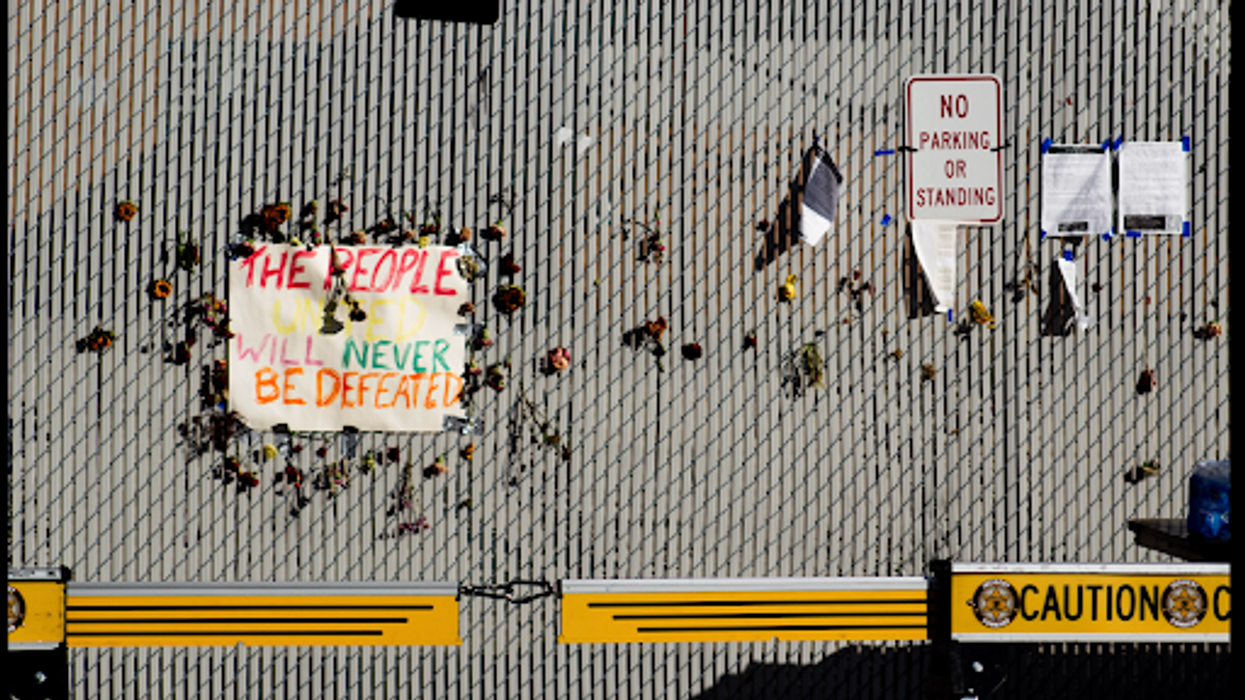
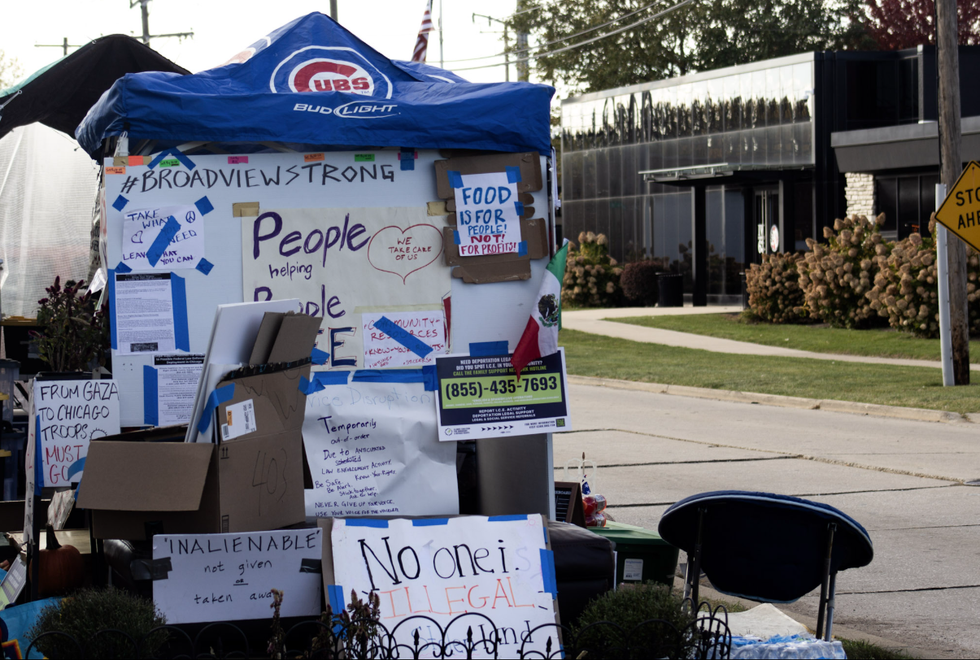 Protest signs and resource information posters were hung up around a resource tent in Broadview, Illinois. Credit: Britton Struthers-Lugo, Oct. 30, 2025.
Protest signs and resource information posters were hung up around a resource tent in Broadview, Illinois. Credit: Britton Struthers-Lugo, Oct. 30, 2025. Rubber bullet wounds on Bryan’s back, after a day of protesting at the Broadview ICE facility in mid-September. He wears hospital scrubs, acquired after receiving medical attention following the pepper-spray incident earlier in the day. He returned to protest after being discharged from the hospital.Credit: Adriano Kalin (@adriano_kalin).
Rubber bullet wounds on Bryan’s back, after a day of protesting at the Broadview ICE facility in mid-September. He wears hospital scrubs, acquired after receiving medical attention following the pepper-spray incident earlier in the day. He returned to protest after being discharged from the hospital.Credit: Adriano Kalin (@adriano_kalin). ICE officers gathered outside the Broadview detention center. Yellow identifying badges can be seen on the front of their uniforms and on their shoulders. Credit: Britton Struthers-Lugo, Oct. 30, 2025.
ICE officers gathered outside the Broadview detention center. Yellow identifying badges can be seen on the front of their uniforms and on their shoulders. Credit: Britton Struthers-Lugo, Oct. 30, 2025.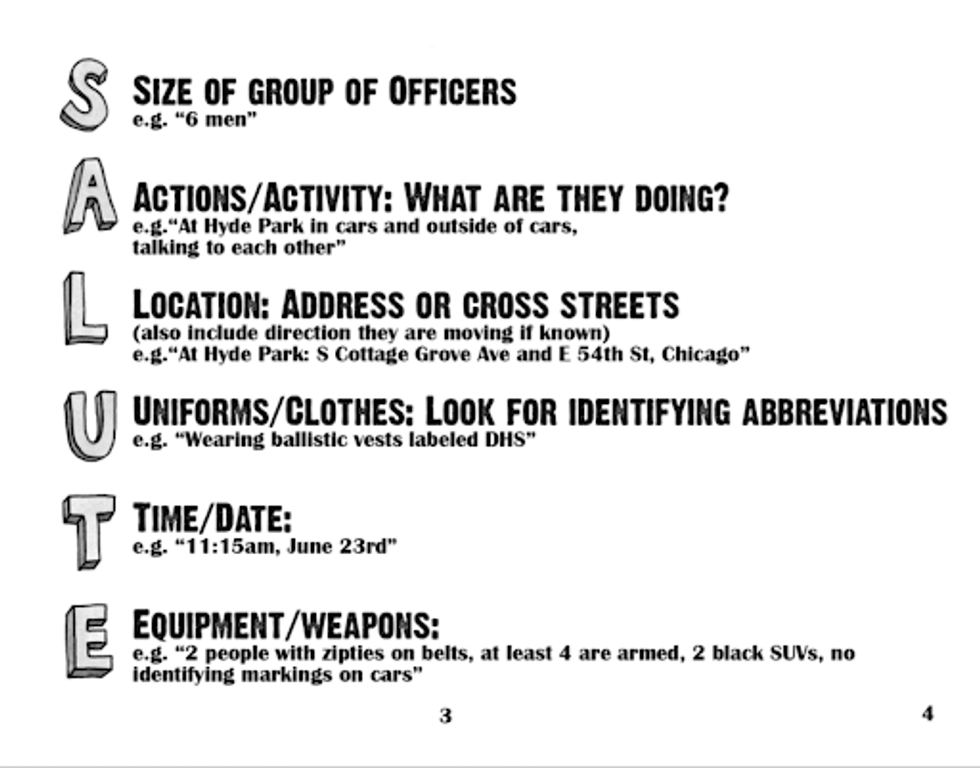 Screengrab from the Chicago Council of Lawyers. Designed by
Screengrab from the Chicago Council of Lawyers. Designed by 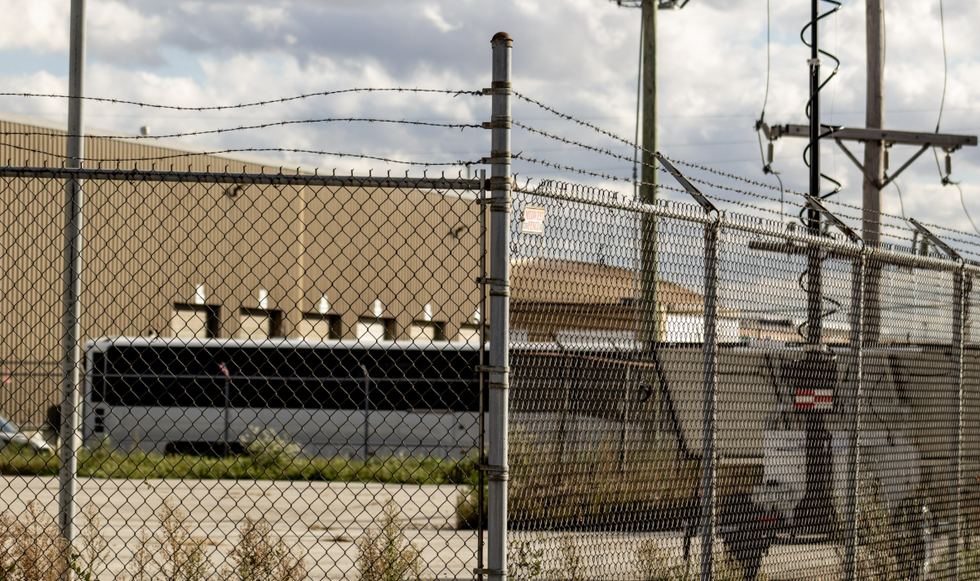 A white bus waits outside the Broadview Detention Center to transport detainees to a permanent detention center or to an airport. The Broadview Detention Center cannot hold detainees for longer than 12 hours, though to reflect increased enforcement operations this has been increased to 72 hours. Longer stays have been recorded since Operation Midway Blitz. Credit: By Britton Struthers-Lugo, Oct. 30, 2025.
A white bus waits outside the Broadview Detention Center to transport detainees to a permanent detention center or to an airport. The Broadview Detention Center cannot hold detainees for longer than 12 hours, though to reflect increased enforcement operations this has been increased to 72 hours. Longer stays have been recorded since Operation Midway Blitz. Credit: By Britton Struthers-Lugo, Oct. 30, 2025. A paper outlining resources and ways to report federal law enforcement activity around Chicago hangs on a gate in the protestor “free speech zone”.Credit: Britton Struthers-Lugo. Oct. 30, 2025.
A paper outlining resources and ways to report federal law enforcement activity around Chicago hangs on a gate in the protestor “free speech zone”.Credit: Britton Struthers-Lugo. Oct. 30, 2025.